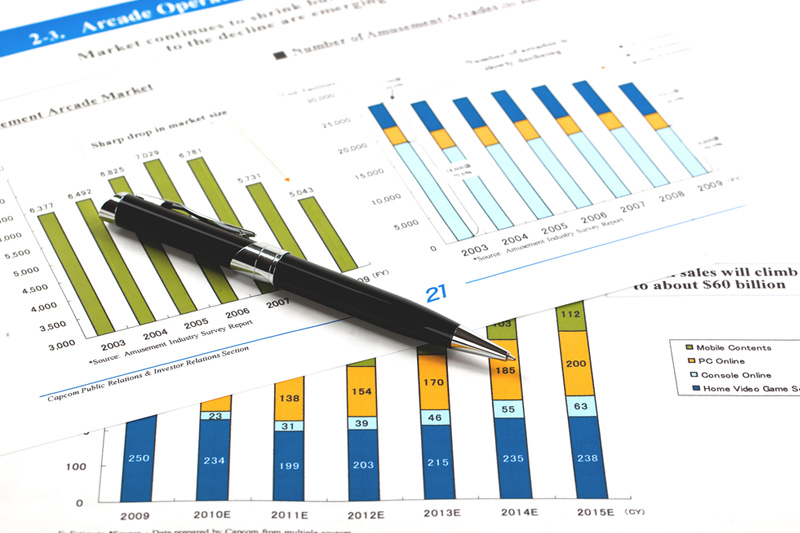
Capital Economics sees Norges Bank holding rate cut for March

Investing.com — Capital Economics analysts have maintained their forecast for Norges Bank, predicting that the central bank of Norway will start reducing its policy interest rate in March 2023, despite December’s inflation figures coming in lower than expected. The firm anticipates a gradual rate reduction, with cuts occurring once per quarter until the key policy rate reaches 3% by mid-2026.
In its December meeting, Norges Bank kept the policy rate steady at 4.5%. The bank had indicated a potential reduction in the policy rate come March if the economy developed as projected. However, the December inflation data showed a decrease to 2.2% from November’s 2.4%, contrary to the central bank’s expectation of an increase to 2.8%. Core CPI-ATE also declined from 3.0% to 2.7%, slightly below the forecasted 2.8%.
Despite the lower-than-expected inflation, Capital Economics does not believe this will lead Norges Bank to accelerate its planned rate cut to the upcoming week. Historically, even when inflation rates were below the bank’s forecasts, the policy rate remained unchanged, influenced by factors such as strong wage growth and the weak Norwegian krone. Current wage growth trends and the trade-weighted exchange rate support the analysts’ view that the central bank will stick to its March timeline for the rate cut.
The pace and extent of future rate cuts by Norges Bank after March are less certain, according to Capital Economics. The bank’s own forecasts suggest a more conservative approach, with the policy rate hitting 3% by early 2027. However, the firm cautions against relying too heavily on these projections, citing the historical inaccuracy of central banks’ forecasts for their own policy rates.
Capital Economics expects the Norwegian economy to grow steadily in the coming years, implying that there is no urgency for aggressive rate cuts. Policymakers have expressed concerns about maintaining overly tight monetary policy, aiming to avoid undue economic restrictions while achieving inflation targets within a reasonable timeframe.
The firm also forecasts a decline in core inflation, albeit at a slower rate than last year, as the labor market eases and wage growth potentially slows. This, combined with a predicted strengthening of the krone, is expected to contribute to lower services inflation.
Considering these factors, Capital Economics believes Norges Bank will move towards a more neutral monetary stance, with the equilibrium real rate estimated to be between -0.5% and +0.5%, according to a central bank research paper published in 2022.
This article was generated with the support of AI and reviewed by an editor. For more information see our T&C.


